
I always thought Gazoo was a little green spaceman who turned Fred Flintstone and Barney Rubble’s lives upside down in the final season of the 1960s cartoon The Flintstones. As a standalone word, Gazoo certainly sounds like cartoonish, childish gibberish rather than a name to strike fear into the likes of AMG, Porsche, Aston Martin, Audi quattro, BMW M and others.
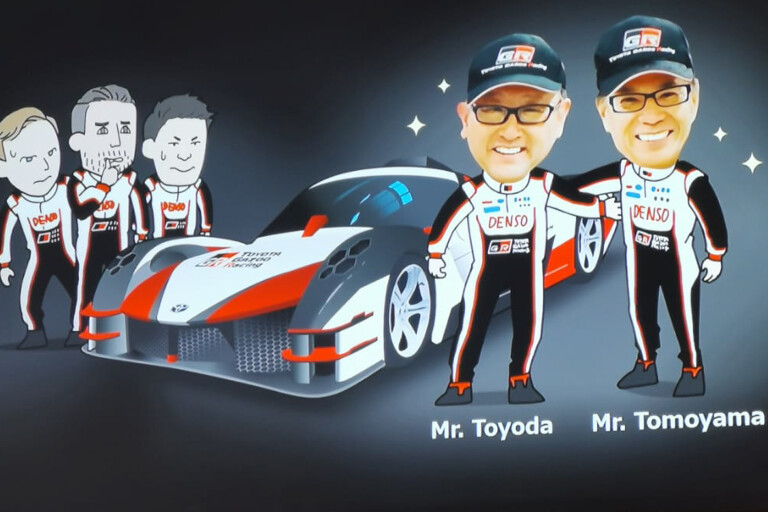
And yet, that’s exactly what Gazoo is doing.
Gazoo is Toyota’s global performance brand. In Japanese, the word ‘gazo’ means picture or image. In the early 1990s, Toyota had the vision to use images in advertising to sell its used cars. This was a time prior to the internet when newspaper ads were all words. Images were rare. And yet, in automotive retail today, image is everything.
Think about it that way, as an image that helps sell cars, and the Gazoo name fits like a metaphorical race suit. Gazoo is about transforming Toyota’s image from the safe, reliable maker of boring cars into a brand with passion, performance and excitement.
Gazoo’s mission is to use the furnace of motorsport to fine-tune Toyota’s cars, people and processes to be the best they can. It’s working, too.
WhichCar.com.au embedded with Toyota Gazoo Racing (TGR) at the 2019 24 Hours of Le Mans as it chased back to back victories. We wanted to gain a greater understanding of the Gazoo brand, and to see what it takes to win one of the world’s toughest one-day endurance motorsport races.
We also wanted to see how Toyota’s motorsport success translates into cars that you or I can own and drive on real-world roads. We didn’t have to wait long. Outside the Toyota hospitality suite sits a Toyota Supra, a two-door production sports coupe co-developed with Gazoo Racing.
If we needed a more direct link to how motorsport is improving Toyota’s road cars, we got it when Toyota announced that, from 2020, its Le Mans race car would be based on a forthcoming GR Super Sport production hypercar.
The GR Super Sport concept was previewed in 2018 packing Euro-chic supercar curves and a 1,000hp (745kW) petrol-electric hybrid powertrain derived from the successful TS050 Le Mans racer. This monstrous road-going machine will rival the best from Ferrari, Aston Martin, AMG and others in terms of performance and street presence, and is sure to command a seven-figure price if it comes to Australia.
It is possible… our Toyota Australia source tells us they’ve put their hand up for at least one.
But before the new Le Mans regs arrive, there are at two more 24 Hours of Le Mans race to run and win, starting with the 2019 assault. Toyota’s two TS050 entries were fastest in practice, and fastest in qualifying. Everything was on track to the point where many were calling it Toyota’s race to lose. Partly because of Toyota’s performance to date in the 2019 WEC season, but also because there were no real rivals from major manufacturers.
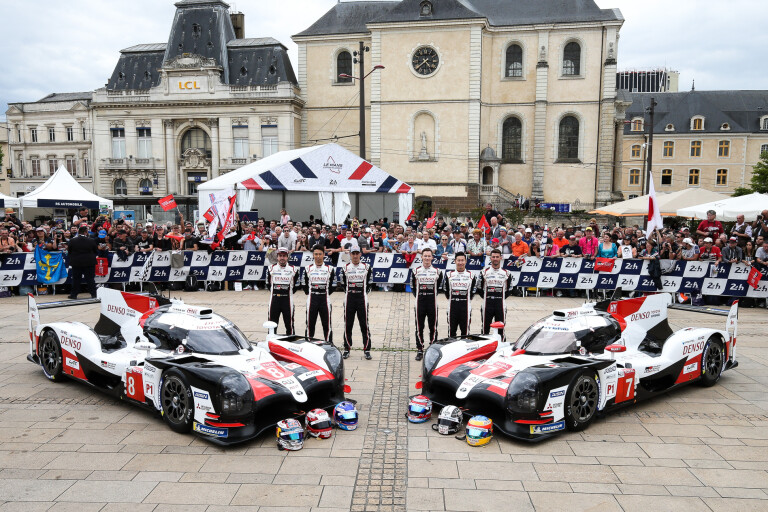
Unlike some years in the 1990s and 2000s when five or more full factory teams competed, Toyota was the only mass-market car brand in this year’s Le Mans Prototype 1 (LMP1) category. Its rivals were a gangsta-themed Swiss watchmaker (Rebellion), a Russian banker (SMP), a German-Romanian family dental dynasty (ByKolles), and a former racer turned team manager (DragonSpeed).
Not exactly the AMG, Aston Martin, Ferrari and Porsche that Toyota wants to vanquish to enhance its motorsport legacy. But winning at Le Mans is no fluke, and certainly not when you do it twice in a row.
Toyota could easily have been gunning for its third win from four attempts in 2019 if Toyota’s 2016 race hadn’t been cruelled on the second to last lap by a faulty connector.
Toyota’s lead was a comfortable 70 seconds with six minutes to run when the turbocharger and intercooler linkage failed. The engine went into limp-home mode with significantly reduced power, but two minutes later would give out entirely, forcing the car to stop on the start-finish straight – in front of thousands in the grandstand and hundreds of millions of TV viewers around the world.
What had looked like a maiden triumph became a very public and embarrassing failure. It's hard to underestimate the damage this would do in a risk-averse corporate culture like Japan, and the courage required to double down the commitment and come back the following year. Based on the 2019 pre-race composure and performance Toyota has obviously learned from that 2016 failure.
As the 2019 race progressed, the only problems Toyota faced was a faulty door latch halfway through the night, and a tyre puncture to the Mike Conway’s lead Toyota with one hour to run, which resulted in the two Toyotas swapping positions.
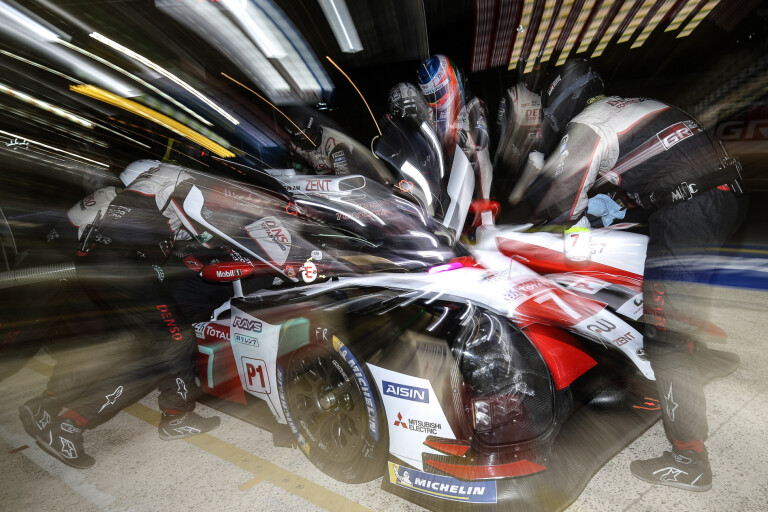
When we asked Conway before the race what challenges Toyota would face given it was the highly fancied favourite, his response - with the post-race benefit of hindsight - appears prescient.
“It's all about executing all the time," he said. "Getting through the 24 hours without any reliability issues is always a challenge. Nothing's a given in this.”
In short, only a failure by Toyota would stop Toyota winning.
As it turned out, the puncture that cost Conway’s number 7 car the win was a double punishment. A faulty tyre sensor meant the pit crew changed the wrong tyre and he had to come in a second time to replace the correct tyre. It was during that second stop that the number 8 car took the lead.
But the overall result was never in doubt. Toyota entered race week as the unbackable favourite, qualified 1 and 2, held positions 1 and 2 for every lap of the race, and finished 1-2 in dominant style.
Of the six other cars that competed for LMP1 honours, only three finished, and the nearest rival was six laps down. This proved the little guys stand little chance against the might of a major factory with the resources financial and otherwise of Toyota.
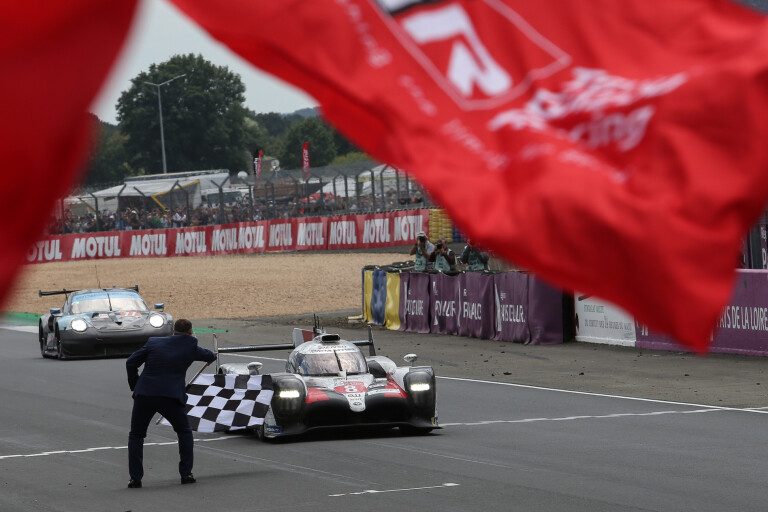
Toyota won’t say how much it spent on the 2019 World Endurance Championship, its fourth season in the WEC. The New York Times estimated its 2016 debut season at USD $100 million, which seems conservative. Others in the know estimated Audi and Porsche’s successful LMP1 programs in the 2010s at more than USD $200 million per year, although it’s worth noting they did run more cars than Toyota’s two.
Even so, it’s a fair bet Toyota’s WEC budget is somewhere between the two, and closer to the top end.
Motorsport is not cheap, but the brand equity that success builds is significant. Many manufacturers have competed and won Le Mans, and that success has contributed to the esteem in which these brands are held by enthusiasts and consumers alike. Porsche has the most victories (19), followed by Audi (13), Ferrari (9), Jaguar (7), Bentley (6), Alfa Romeo (4), Ford (4), Peugeot (3) and Bugatti (2).
Those with one victory to their name include Mazda, Mercedes-Benz, BMW, Renault, McLaren and Mercedes-Benz.
Until 2018, Mazda’s 1991 victory made it only Japanese brand to have won the 24 Hours of Le Mans. Now, Toyota has too, and it has two. And it’s likely to add further to that tally in the coming years.
On the day before the 2019 race, Toyota reaffirmed its commitment to the sport, saying it was looking forward to the new Hypercar rules which come into effect for the 2020/21 season. These new rules make it highly unlikely that any other brands will enter the 2019/20 season because it makes no sense to invest $100 million in building and developing a brand new car which will have a competition life of just one season.
So Toyota is now likely to make it three Le Mans victories in a row next year.
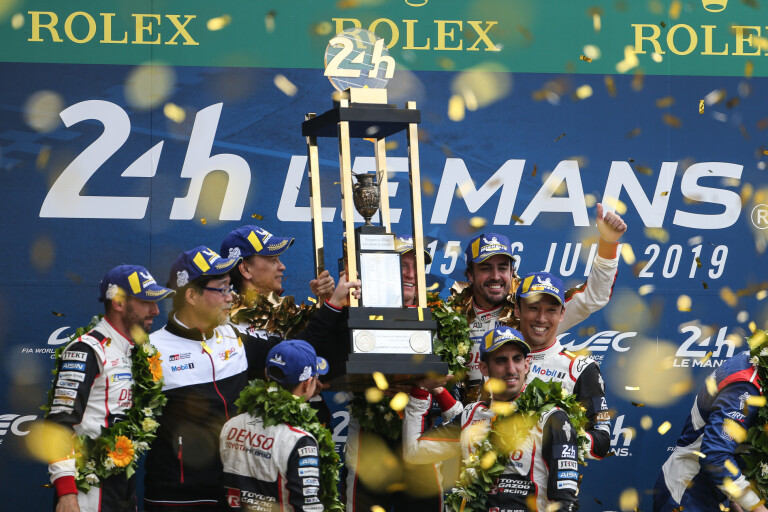
Winning at Le Mans is good for the brand. Winning full stop is good for the brand. That’s why Toyota Gazoo Racing entered and won the gruelling Dakar Rally off-road race in 2019. That’s why it re-entered World Rally Championship in 2017, winning the manufacturer's title in 2018.
No team wins the 24 Hours of Le Mans twice in a row solely on luck. Neither do you win the Dakar Rally – a 10-day, 5700km desert and mountain rally raid in which barely half the 100 cars entered make the finish – thanks to luck. And you certainly don’t win a 13-race World Rally Championship season held on four continents because of luck.
Luck helps, certainly. But what these accomplishments tell us is that Gazoo Racing is a polished performer capable of delivering on the toughest stages. It also tells us Toyota is investing a lot of money in motorsport, and that the investment is paying off.
It’s a sizeable annual investment: up to $200 million a year going into WEC, another $100 million into the WRC, and tens of millions bankrolling a three-car Dakar assault.
So why does Toyota spend hundreds of millions each year on motorsport? The reason is simple, says Toyota’s president Akio Toyoda, the great-grandson of company founder Sakichi Toyoda.

Takahiro Ichigo of Honda (left) and Akio Toyoda at a recent motorsport fan day in Japan
“Development is best achieved in extreme conditions," he says. "That’s why we compete in motorsports around the world. Our philosophy is ‘the road shapes the driver as well as the vehicle’.
“With this in mind, [we carry] out activities aiming to nurture our people, develop our cars, and inspire new car enthusiasts, under the belief that the roads build the people, and the people build the cars."
Akio Toyoda is a race driver of some note, often competing under the pseudonym Morizo Kinoshita. He was instrumental in Lexus exploring its performance potential and bringing models like the Lexus LF-A supercar and IS-F sports sedan to market.
Under Toyoda, Toyota united its numerous and often independently-functioning motorsport activities under one in-house brand in April 2015 – Toyota Gazoo Racing. This move was designed to clarify the role of motorsport as a means of Toyota developing better cars and fostering new generations of car enthusiasts.

Toyota has come a long way from its motorsport debut in the Round Australia Rally in 1957. In recent times it has taken on the toughest races in the world and won. This new era of motorsport success is contributing to better, more exciting Toyotas for the world and for Australians.
Without Toyota’s passion for performance, the new Toyota 86 would never have been, the Toyota GR Supra may never have been reborn for the 21st century, and the insane GR Super Sport hypercar would have remained a wistful drawing on a Toyota designer’s dream pad instead of becoming a potential rival for the Aston Martin Valkyrie, AMG Project One and others.
It’s a rivalry Toyota wants, and a rivalry Toyota will seek to dominate, because that’s what Toyota does. If we were AMG or Aston Martin or BMW M, we’d be worried, because Toyota now has an even richer history of beating what – or who – it sets out to beat.
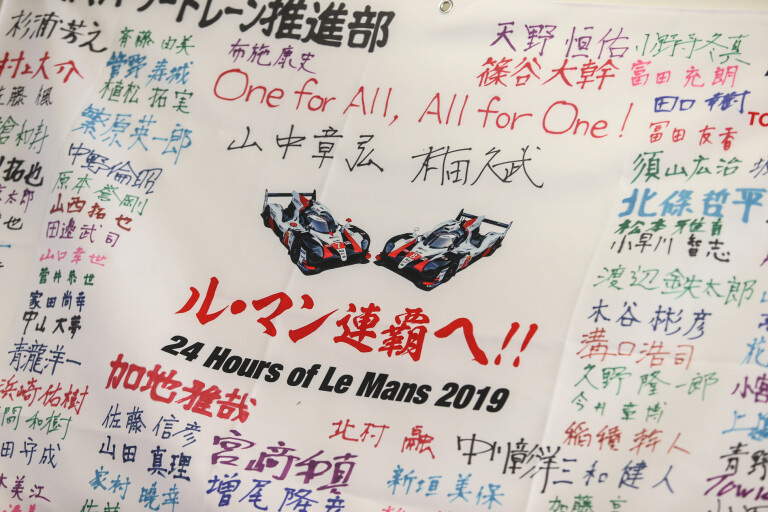
COMMENTS